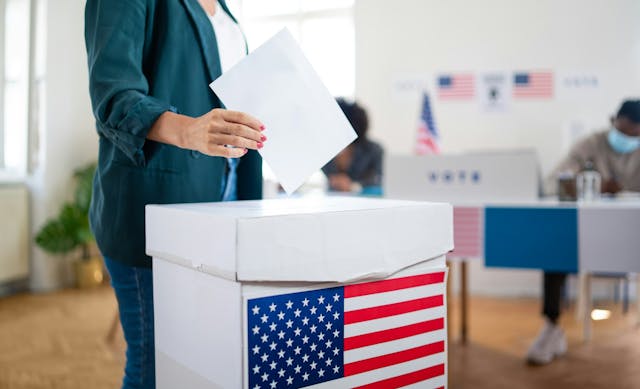Caltrain facing major cutbacks, future in doubt

Caltrain is a commuter rail line serving the San Francisco Peninsula and Santa Clara Valley. It is operated by Amtrak, funded by local and regional governmental entities, and runs from Gilroy north to downtown San Francisco. It is heavily used by commuters to get to work, and connects to BART and other major transportation lines, as well as San Francisco Airport and sporting events.
But Caltrain is going broke and faces a huge budget deficit. It needs to cut $30 million from a budget of $97 million and plans to do that by drastically cutting service. It will eliminate weekend, nighttime, and midday trains, keeping only still-profitable trains that run during peak commute hours. This means those who use Caltrain to get around during off hours or to go to San Francisco Giants and San Jose Sharks games will have to find alternate means of transportation. And forget about taking Caltrain into S.F. to have dinner.
Their primary problem is that funding has been drastically cut by the State of California, as well as by regional transportation providers SamTrans, San Francisco Muni, and the Santa Clara Valley Transportation Authority. These providers are “beyond broke” themselves and have no money left to give. Somehow, Caltrain needs to cut its budget by more than 30%. But raising rates isn’t an option. The last time they did that, ridership decreased.
This is a microcosm for the budget woes affecting California from the state down through regional to local levels. The recession, which was triggered by the collapse of real estate, is affecting business and commerce throughout the state. Revenues are down and normal sources of public funding have atrophied.
Caltrain CEO Mike Scanlon announced the budget cuts on April 1, saying “This is not an April Fool’s joke. There’s a possibility this railroad could go away,” adding that freeway congestion will surely increase and some people will not be able to get to jobs. While public agencies have certainly been known to bluff, grandstand, and create a faux crisis to get more funding, that’s not what’s happening here. They really don’t have the money.
California High Speed Rail Blog (CAHSR) opines that a major problem here is that Gov. Schwarzenegger favors freeways and oil companies over public transit, insisting that public transportation pay for itself while not holding freeways to the same standard. CAHSR proposes a Bay Area-wide tax on gas to fund public transportation. Good luck with that. Getting new taxes enacted in tight economic times is probably not politically do-able. They also make the cogent point that gas prices are rising again (one analyst is predicting triple digit oil barrel prices by the end of the year) and that this will make soon increase public transit ridership. But people can only ride them if the transportation still exists.
Further complicating this is the ambitious High Speed Rail (HSR) planned for the entire state, which passed in Prop 1A. Caltrain says this is essential for their survival, as it is the only way to accommodate future growth and manage costs. But this requires electrification and grade separation, and that means investing large amounts of money into infrastructure upgrades on the San Francisco to San Jose route. The project will cost $1.23 billion and Caltrain has just $709 million in funding lined up and thus is $516 million short.
The big question here, aside from budget cuts caused by the recession, is what kind of transportation does California want? The Los Angeles model, lots of freeways and little public transportation, clearly is less than totally successful - unless you enjoy spending hours on clogged freeways.
The Bay Area does have mostly workable public transportation, but its future is in doubt. Without it, the Bay Area will become impassable. Freeways of course are not going away nor should they.
However, California needs reliable state wide public transportation. Allowing it to die would be short-sighted in the extreme.



